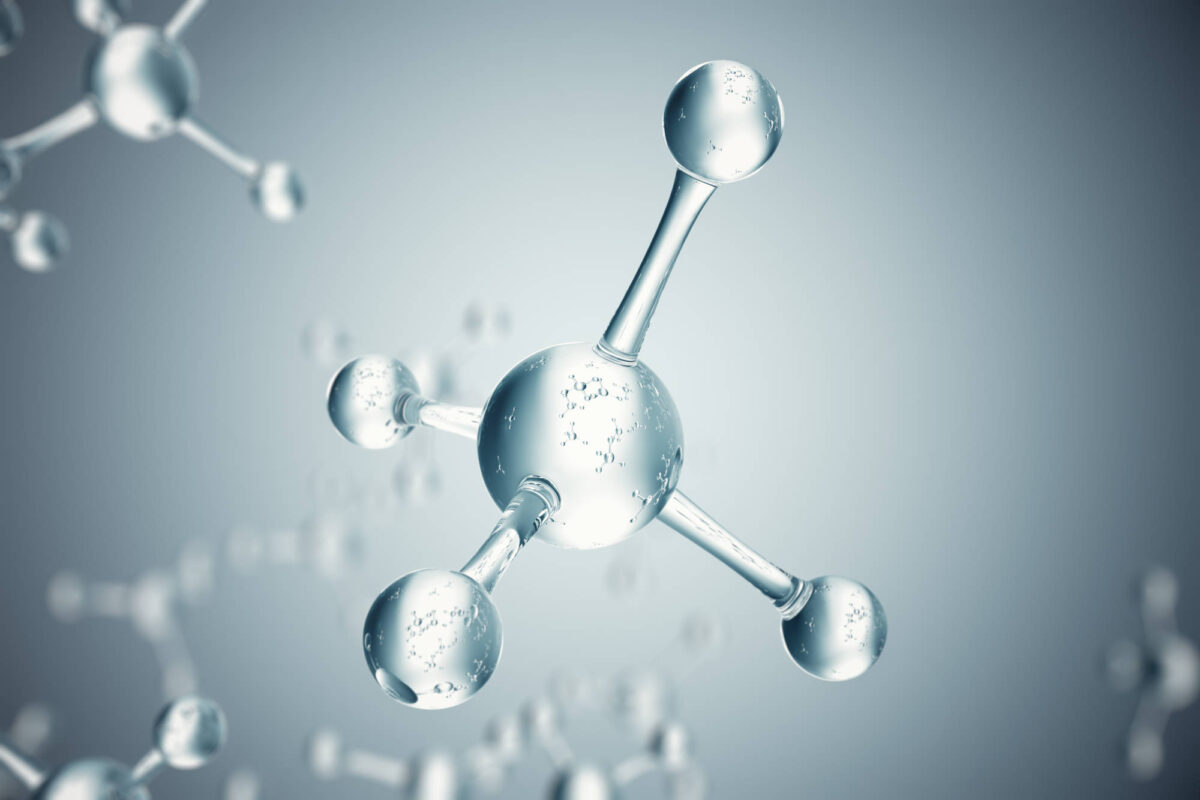The Use of Biosensors for Large-Scale Coronavirus Testing

The rapid spread of COVID-19 has left the medical field needing to adapt quickly to handle a novel virus. Caused by the viral strain SARS-CoV-2, the pandemic has created an urgency for advances in health experts’ understanding of COVID-19. Unfortunately, alongside the great progress that has already been made, there are many remaining unknowns impeding our return to a completely “normal life.” As the number of active cases fluctuates and regions look to reopen public spaces, eyes are turning toward biosensors as a tool for monitoring the spread of COVID-19.
Biosensors are devices used in a variety of scientific settings to detect chemical compounds using signals, which are typically either electrical, thermal, or optical1. Although the prominence of COVID-19 has increased interest and research in biosensors as a method of detecting the virus, incorporating biosensors into populated places as a way of testing for disease is not a new idea. Prior to the outbreak, a group of researchers led by Dr. Jing Wang identified biosensors as a powerful tool for detecting bacteria and viruses in the air2. Biosensors are now being developed to identify the presence of a specific strain of a virus, such as SARS-CoV-2, in air samples.
The implementation of biosensors for large-scale coronavirus testing comes with many benefits that could assist in determining effective reopening strategies, overcoming the pandemic, and preventing future coronavirus outbreaks. The biosensors’ high sensitivity to the COVID-19 virus allows for detection during the earliest stages of infection3, which is especially important with the coronavirus specifically. People who have become infected with COVID-19 are contagious two days before they begin showing symptoms, often leading them to spread the virus to others before they are even aware that they are carrying COVID-19. This attribute of the infectious period has been one of the greatest reasons for the rapid spread of COVID-19. The biosensors’ early detection of the virus is crucial in ensuring that patients can be diagnosed as early as possible and that their interaction with others can be limited to prevent further contagion. The current forms of testing most frequently utilized for diagnosis, the polymerase chain reaction (PCR) test and antigen test, sometimes need to be performed together on a patient. According to the U.S. Food and Drug Administration (FDA), the PCR test provides reliable results, whereas the antigen test produces a faster result, typically within an hour4. Biosensors are capable of performing both tests and provide results that are accurate and immediate, enabling a more efficient testing process overall.
Biosensors also carry great potential for measuring the health of a population without the need to gather each individual’s test results. Biosensors could detect the concentration of the virus in the air in real-time, which would prove especially essential as regions look towards
lifting stay-at-home mandates and reopening public spaces. Currently, there is great speculation regarding how to reopen facilities and whether it is safe to allow people to return to work and school. The placement of biosensors in public spaces could offer insight into the efficacy of strategies such as wearing masks, increasing ventilation, limiting the number of people in a space, and cleaning high-touch areas, all of which are being used to curb the spread of COVID-19. Immediate results on the concentration of COVID-19 in the air would provide feedback on these prevention strategies during the reopening process. In the midst of a pandemic, such biosensors could prove especially useful for hospitals in determining the risk to medical staff and patients who are not being treated for COVID-19. Researchers have also proposed the use of biosensors for tracking in wastewater systems3, which could indicate an outbreak extremely early on and allow for more immediate precautionary measures.
Researchers have proposed several options for a coronavirus-specific biosensor, each utilizing different combinations of signaling as they seek to determine which design would be most fit for widespread use. In a design using optical signaling, researchers found that strands of SARS-CoV-2 could be reliably detected and distinguished from other coronavirus strains by combining the plasmonic photothermal effect (PPT), which generates heat through electron-phonon collisions, with localized surface plasmon resonance (LSPR), a light-based response system5. LSPR detection would improve both the accuracy and efficiency of coronavirus testing compared to PCR testing, which relies on a nasopharyngeal swab sample collected from the patient3. Utilizing this optical-signaling biosensor would greatly reduce the number of trained personnel required to conduct testing, which would limit the number of people being exposed to COVID-19 at work. The results of LSPR could also prove more reliable than the results of PCR testing3.
Biosensors relying on electrical signaling have also been considered for COVID-19 detection. Among the biosensors being considered is one which relies on a field-effect transistor (FET), a device that controls a current using a source, gate, and drain. To detect COVID-19, the gate is lined with antibodies that allow the biosensor to specifically identify SARS-CoV-2 proteins. Electrical-signaling biosensors such as this have great potential for widespread distribution and utilization. Electrical biosensors have already been used for previous viral pandemics, and their previous applications in science fields have made them widely available on the market at a relatively low cost3.
Undeniably, the incorporation of new technology into public spaces comes with ethical concerns. Biosensors would collect the health information of individuals without prior consent, sparking privacy issues. Solving such controversial affairs during an urgent time could prove difficult but necessary. Biosensors possess the capability to improve large-scale coronavirus testing and have a significant impact on the future of the current pandemic.
References
